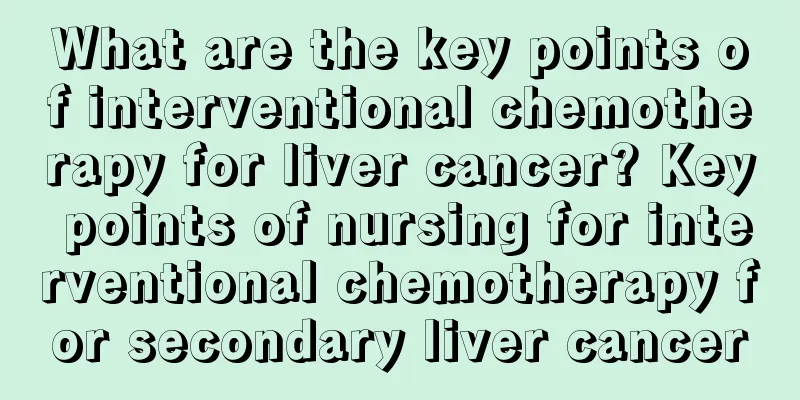Understand the relevant pathogenesis of lung cancer

|
There are many causes of lung cancer, including smoking, radiation, occupational and environmental exposure, air pollution, and chronic lung infection. Understanding the causes of lung cancer is helpful to understand the pathogenesis of lung cancer. There are four pathogenesis of lung cancer. Let's take a look at the pathogenesis of lung cancer. The pathogenesis of lung cancer: lymphatic metastasis. The lymphatic drainage of the lungs has a certain pattern. The right upper lobe flows to the right hilum and right upper mediastinal lymph nodes. The right middle lobe flows to the middle and lower lobe aggregation lymph nodes, the subcarinal process and the right upper mediastinal lymph nodes. The right lower lobe is induced to the middle and lower lobe aggregation area, the subcarinal process, the lower pulmonary ligament and the right upper mediastinal lymph nodes. The left upper lobe is induced to the subaortic arch (Bottallo) lymph nodes and the left anterior superior mediastinal lymph nodes. The left lower lobe lymph flows to the upper and lower lobe aggregation area, the subcarinal process and across the mediastinum to the right upper mediastinal lymph nodes. If the Cheng Maoshaofu's lymph node diagram (Figure 1) is used, the lymph node metastasis (N status) of lung cancer can be displayed. The second pathogenesis of lung cancer: lymphatic metastasis. Hematogenous metastasis is a late manifestation of lung cancer. After the cancer cells return to the left heart through the pulmonary veins, they can metastasize to any part of the body. Common metastatic sites are the liver, brain, lungs, bone system, adrenal glands, kidneys and pancreas. The third pathogenesis of lung cancer: direct spread. The tumor continues to grow and can block the bronchial lumen, while also expanding into the lung tissue outside the bronchus. Tumors near the periphery of the lung can invade the pleura and chest wall, and central tumors or tumors near the mediastinum can invade the pleura and chest wall. Central tumors or tumors near the mediastinum can invade other organs. Huge tumors can cause ischemic necrosis in the central part, forming a cancerous cavity. Pathogenesis of lung cancer 4: intrabronchial dissemination. In the case of alveolar cell carcinoma, cancer cells on the bronchioles and alveolar walls are easily detached; cancer cells can spread through the bronchial ducts to the adjacent lung tissues, forming new cancer foci. In summary, the pathogenesis of lung cancer includes four types: lymph node metastasis, lymph node metastasis, direct spread and intrabronchial dissemination. Understanding the pathogenesis of lung cancer will help to improve the treatment of lung cancer. Lung cancer topic: http://www..com.cn/zhongliu/fa/ |
<<: Lung cancer patients should pay attention to dietary care
Recommend
Is barbell exercise aerobic or anaerobic
Everyone should know what role Gao Lin plays in f...
Why does drinking coffee give you diarrhea
Coffee is a very popular drink, especially among ...
The best treatment for internal hemorrhoids, take it seriously
Hemorrhoids are a very common anorectal disease. ...
How to make wine with deer penis
Deer penis is very useful in daily life. It is ac...
How to cut peppers without burning your hands? Life tips to help you solve the problem
Chili peppers are an ingredient that we often eat...
What are the early symptoms of breast cancer
In the early stages of breast cancer, there is no...
What are the nursing measures for lung cancer patients undergoing chemotherapy? Lung cancer patients undergoing chemotherapy must follow these nursing principles
Any malignant tumor will be treated with chemothe...
The efficacy and function of red lotus seeds
Red-skinned lotus seeds are very beneficial for t...
What is the best match for Job's tears
Job's tears can be eaten with many kinds of f...
What kind of body type is prone to gaining weight in summer
Generally speaking, it is easier to gain weight i...
What causes skin fibroma?
The formation of skin fibroma may be related to g...
Ozone autohemotherapy
Ozone autohemotherapy is actually a type of autoh...
What are the symptoms and hazards of gastrointestinal cancer
In the early stages of gastrointestinal cancer, s...
How long after double eyelid surgery can I have sex?
Young people nowadays are particularly fond of be...
What is going on if there is blood in the stool for several consecutive days?
If there is blood in the stool for several consec...









